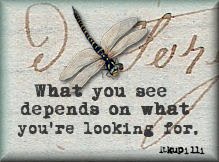Kitchen Science Lab for Kids: 52 Family Friendly Experiments from Around the House (Hands-On Family)
Here is a list of the sections:
Unit 1-Carbonated Chemical Reactions
Unit 2 Crystal Creations
Unit 3 Physics in Motion
Unit 4 Life Science
Unit 5 Astonishing Liquids
Unit 6 Polymers, Colloids & Misbehaving Materials
Unit 7 Acids & Basis
Unit 8 Marvelous Microbiology
Unit 9 Shocking Science
Unit 10 Bodacious Botany
Unit 11 Sunny Science
Unit 12 Rocket Science
The projects are so much fun. For example, in the section called “Acids
and Bases” which has a fun project called “Acid Oceanification Experiment” that
teaches the children how to visualize acidification by carbon dioxide. It is an easy to follow experiment that
teaches simple science in a fun participatory manner.
Additionally, Each Section is color-coded and that informs
the reader about Protocols, the Science behind the experiment, as well as
step-by-step instructions on how to do the experiment. I was also grateful that the author included
Safety tips with each experiment. As a
parent who homeschools, I think this book is a great way for kids to enjoy
science through some fun and easy experiments that will show them that Science is fun.





